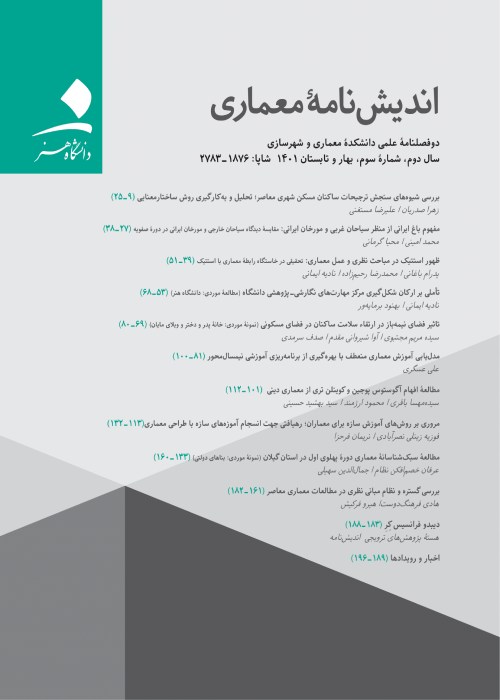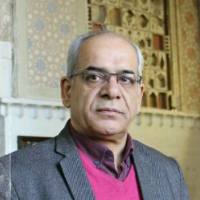The Rise of Iranian Architecture as a Subject of Inquiry in the Modern Iranian Historiographies during the Qajar Era
The Historiography of Iranian architecture is deemed to appear as a field of inquiry around the beginning of the 20th century. Among the various factors giving rise to it, the modern Iranian historiography has an outstanding role. In this article we seek to clarify this role by analyzing the way the first generation of the modern Iranian historians regarded architecture. To this end, we have investigated a selection of modern histories, written during the second half the Qajar era, using the interpretative methods. We have traced the changes in the perception of architecture in these texts and its implications for the subject, as it gradually undertook different roles in historiographies, moving from a mere material evidence towards a technical, independent field of academic research. In pre-Modern histories, built environment was only addressed to provide a setting for the events the historians intended to describe and writing about architecture was a way to appraise the achievement of kings and rulers. This study pinpoints the first instances where this tradition gave way to a new manner of regarding architecture in Iranian historiography. With the outset of modern historiography “Ancient Persia” emerged as a dominant narrative. The historians also started to gradually base their work on reliable facts and evidence, which included material remnants of ancient times such as coins and decorative objects, and later on, more prominent archaeological findings like buildings. Ancient architecture had become a source for obtaining knowledge of the past, although the scale it was perceived didn’t surpass the inscriptions or ornaments of the structures. As the scope of the general histories expanded to cover a wide range of historical subjects complementary to political chronologies, freestanding chapters were allocated to architecture. The historians consulted the western architectural surveys and even ventured the historical sites to study and measure the buildings. The architectural works in their writings were represented in their entirety and they utilized an almost technical terminology to describe the physical and spatial aspects of the buildings. Illustrations and detailed plans were also used to provide further information. This approach presented architecture to the Persian audience as a subject of historical inquiry and thus, paved the way for a new generation of researchers to view history of architecture as an independent field of study. The first pieces on history of Iranian architecture, independent from general histories, were articles written by art historians or archaeologist, working as delegates for western research centers, and were introduced to Iranians through the activities of newly-founded cultural institutes such as Anjoman-e-Athar-e-Melli. The accumulation of these efforts during the next decades finally lead to the publication of the first surveys of Iranian architecture.
- حق عضویت دریافتی صرف حمایت از نشریات عضو و نگهداری، تکمیل و توسعه مگیران میشود.
- پرداخت حق اشتراک و دانلود مقالات اجازه بازنشر آن در سایر رسانههای چاپی و دیجیتال را به کاربر نمیدهد.



